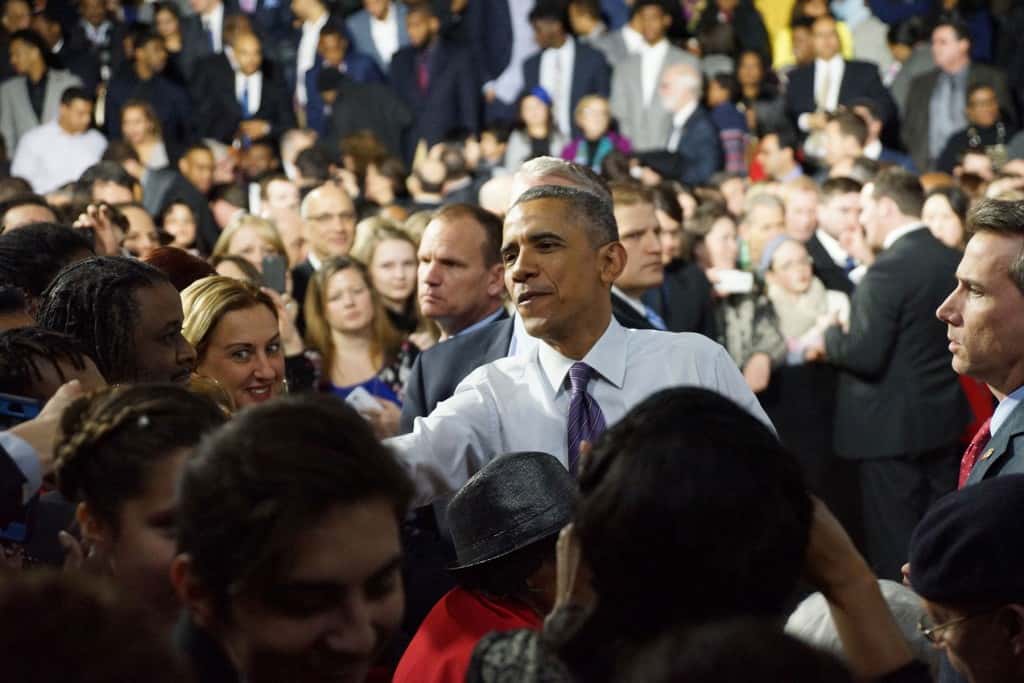
By Karen Figueroa-Clewett, Lecturer, Agents of Change program, Department of Political Science and International Relations, USC Dornsife College of Letters, Arts and Sciences
With the general election drawing close, it is important to know your rights in case your vote is challenged.
The best way to ensure that your vote is counted is to advocate for yourself. I am a civil rights attorney and lecturer for the University of Southern California’s undergraduate civil rights advocacy initiative, Agents of Change.
Here are several straightforward ways to ensure your vote is counted and two practical remedies for you to consider if your vote remains challenged.
A major part of ensuring that you are able to vote is doing the necessary preparation before you even get to the polling place.
Are you registered to vote? Check it out
Before you vote, you need to ensure that you are registered to vote. You can verify your registration status using the citizen voter website. If you cannot use an online tool, then call your local election office or a voter help line like the ones listed in the hotline section below.
If you find you are not registered, you can use this tool from the National Conference of State Legislatures to find your state’s online registration application. If you need to do this in person, then call your local election office for instructions.
At this point, you may have missed your state’s deadline for voter registration. But it may not be too late to register.
Many states allow same-day registration at the polling site. You can find your state’s same-day voter laws detailed online. Ask the poll worker, at the correct polling location, for a same-day registration form; complete the form, and then ask for a “conditional ballot.” A conditional ballot allows election officials to count your vote after verifying your voter eligibility. If you cannot research online, you can call your local election office to find out if you can register on Election Day.
Gather documents to verify your identity
Voter ID laws generally cover in-person voting, not absentee ballots or mailed ballots.
If you live in a state that requires identity verification to vote in person, gather the required documents – which may range from driver’s licenses to bank statements with identifying information – before traveling to the correct polling place. You can find your county election office’s contact information online. This webpage includes a table listing each state’s acceptable ID documents and possible exceptions for some folks. You may also call your local election office to find out what’s required.
Find the correct polling location
You can ensure that you are headed to the right polling place with this tool. Or call your county election office to find your polling place and its hours of operation; you can look up your county’s election office contact information here.
Once you know your polling place and its hours, you can go there and check in. In most cases, you will be handed a ballot, shown where to vote and asked to put your ballot in a machine or a box, and then you can go merrily along your way.
But the moment of check-in is where things might go wrong.
Problems at your polling place
Here are potential vote challenges and ways to overcome them.
Possibility #1: Out-of-order polling machines.
If you are asked to leave because of malfunctioning machines, don’t. Instead, ask for a paper ballot.
Possibility #2: you are in line and officials announce the polls have closed.
If you are in line at the polling location before it closes, don’t let them turn you away at closing time if you haven’t voted. You have the legal right to vote under those circumstances, so stay in line and wait to cast your ballot.
Possibility #3: you are not on the registered voters list.
If you are told you can’t vote because your name is not on the voter roster, ask the poll site worker to check again and to check what’s called the list of supplemental voters. If they still can’t find your name, ask the poll worker to verify that you are at the right location.
Possibility #4: Someone claims you should not be allowed to vote.
If your voting eligibility remains challenged after ensuring you are at the right polling location, ask to cast a provisional ballot, which is available in every state except Idaho and Minnesota. You can find details about your particular state’s provisional ballot rules.
Track your provisional ballot online.
Call a hotline
If you are not given a provisional ballot, call an election hotline for help. Here are four hotlines, run by members of the nonpartisan Election Protection coalition, that can help you:
English: 866-OUR-VOTE/866-687-8683, The Lawyers’ Committee for Civil Rights Under Law
Spanish: 888-VE-Y-VOTA/888-839-8682, The National Association of Latino Elected and Appointed Officials Education Fund
Asian Languages: 888-API-VOTE/888-274-8683, Asian and Pacific Islander American Vote
Arabic: 844-YALLA-US/844-925-5287, Arab American Institute
Report voter intimidation
If someone tries to scare you into voting or not voting for a candidate, stand your ground and demand a ballot from the poll site, call a hotline above to report the intimidation, and file a claim with the FBI later by phone at 800-CALL-FBI – 800-225-5324 – or online at tips.fbi.gov.
File a lawsuit
If you are still blocked from voting, consider legal action – but get advice on your exact situation from one of the hotlines, which have free lawyers on hand. It is a good idea to write down the names of people who prevented you from voting and to ask people who witnessed the incident for their contact information.
Еdmоnd Dаntès
Originally published on The Conversation as What to do if your vote is challenged on Election Day
Support evidence-based journalism with a tax-deductible donation today, make a contribution to The Conversation.
















